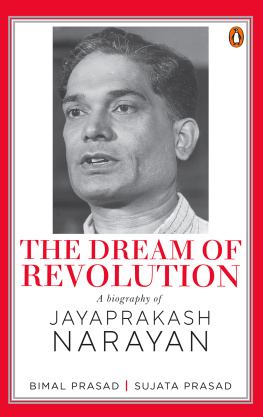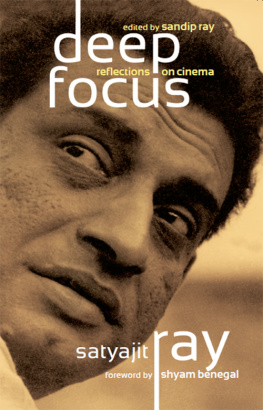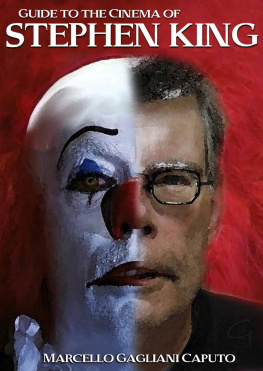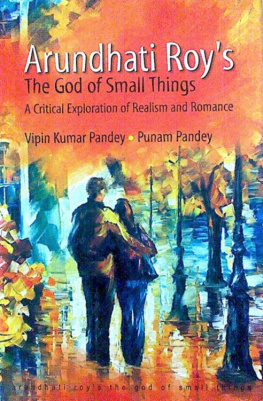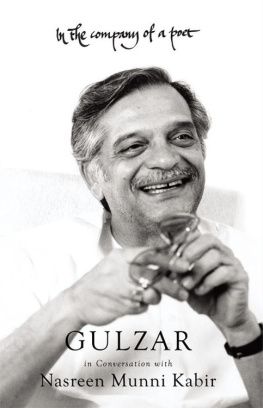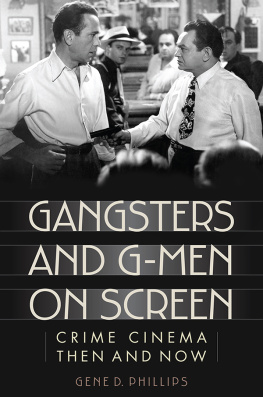

Copyright Shoma A. Chatterji , 201
All rights reserved. No part of this book may be reproduced or utilized in any form or by any means, electronic or mechanical, including photocopying, recording, or by any information storage or retrieval system, without permission in writing from the publisher.
First published in 201 by
| Sage Publications India Pvt Ltd B1/I-1 Mohan Cooperative Industrial Area Mathura Road, New Delhi 110 044, India www.sagepub.in |
Sage Publications Inc 2455 Teller Road Thousand Oaks, California 91320, USA |
Sage Publications Ltd 1 Olivers Yard, 55 City Road London EC1Y 1SP, United Kingdom |
Sage Publications Asia-Pacific Pte Ltd 3 Church Street #10-04 Samsung Hub Singapore 049483 |
Published by Vivek Mehra for SAGE Publications India Pvt Ltd, typeset in 10/12 pt Adobe Garamond by Diligent Typesetter India Pvt Ltd, Delhi and printed at Saurabh Printers Pvt Ltd, Greater Noida.
Library of Congress Cataloging-in-Publication Data Available
ISBN: 978-93-860-6287-1 ( e Pub)
SAGE Team: Supriya Das, Sudeshna Nandy, Apeksha Sharma and Ritu Chopra
To my late mother, Sumita Gangopadhyay, who had
her first book of poems published when she was 48
and already a grandmother, for triggering in me
the spirit of creation and competition
And
To my late father, Ashok Kumar Gangopadhyay, who
introduced me to the world of cinema by taking me
for Sunday morning shows every week when I was
barely 4 to watch Mickey Mouse and Donald Duck
cartoons on the wide screen followed by the silent
movies of Charlie Chaplin.
Thank you for choosing a SAGE product!
If you have any comment, observation or feedback,
I would like to personally hear from you.
Please write to me at
Vivek Mehra , Managing Director and CEO, SAGE India.
Bulk Sales
SAGE India offers special discounts
for purchase of books in bulk.
We also make available special imprints
and excerpts from our books on demand.
For orders and enquiries, write to us at
Marketing Department
SAGE Publications India Pvt Ltd
B1/I-1, Mohan Cooperative Industrial Area
Mathura Road, Post Bag 7
New Delhi 110044, India
E-mail us at
Get to know more about SAGE
Be invited to SAGE events, get on our mailing list.
Write today to
This book is also available as an e-book.

CONTENTS
CHAPTERS
PREFACE
(ON A PERSONAL NOTE)
B imal Roy, the Silent Master of Indian Cinema, ushered in the golden age of Indian Cinema in the 1940s. As a socially committed director, his films had the power to inspire and move audiences. Do Bigha Zamin ,
Bimal Roy won two Filmfare hat-tricks as best director (in two spells of three consecutive years each) and one best picture award (a total of eight Filmfare awards). When Bimal Roy went on stage to accept his Filmfare trophies for Do Bigha Zamin in dhoti, kurta and chappals, Bombays upscale film coterie raised a hue and cry. However, Bimal Roy was only expressing his signature: simplicity and minimalism. Do Bigha Zamin won a special mentio n at the Cannes and Karlovy Vary film festivals (19551956). At least 12 of his films Udayer Pathey , Hamrahi , Do Bigha Zamin , Biraj Bahu , Parineeta , Devdas , Madhumati , Usne Kaha Tha , Kabuliwala , Sujata , Parakh and Bandini represent one of the most brilliant epochs of Indian cinema.
This book is a humble tribute to a filmmaker who formed a major slice of my growing up years from girlhood to womanhood. My mother was a close friend of Manobina Roy, Bimal Roys talented and beautiful wife. I knew Bimal Roy personally for over 10 years, somewhere between the ages of 11 and 20. But we exchanged few words because he was a man of silence. It was difficult to find out what he was thinking, when and about whom. He spoke so little that even his family had to poke him with questions to get answers. The sharply edged picture one can recall about him is a tall, well-built, handsome man with a receding hairline and a cigarette held in his hand all the time, smoke from which rose to draw arc-like circles in the air around him. His Hindi was really bad but that did not deter him from giving directions to his actors, be it Dilip Kumar or Nutan or Vyjayanthimala. He was very clear in his mind about what he wanted out of his actors.
The only concession he made to the mingling of his film friends and his family is when he decided to celebrate his only son Joys annaprashan Basu, who was assistant to Bimal Roy; Debu Sen, another assistant; and Anjana Rawail, Rahul Rawails mother, who was a Bengali and a close friend of Manobina Roy.
I once went to Mohan Studios during the shooting of Bandini along with Jarasandha (Charu Chandra Chakraborty), the writer on whose novel the film was based. It was a scene with Nutan, a child actor who did a small cameo in the film, and Raja Paranjape who played Nutan (Kalyani)s father in the film. Bimal Roy asked Paranjape to step into the compound of the small bungalow, take a given number of steps and call out to Kalyani. When Kalyani would not respond, he was to take a few steps more and call out to Kalyani again. But Paranjape could not give an okay shot several times over because his counting went wrong and Nutan would come out before he called out her name the second time. Bimal Roy, without losing patience, persuaded him to repeat the shot till he got it right. Bengali was the lingua franca on the sets of any Bimal Roys film because almost his entire technical crew, including the excellent make-up man Babu, was Bengali. The ones who were not Bengali had picked up a smattering of Bangla over time and Bimal-da would insist on talking to them only in Bangla. It is no surprise, therefore, to see the Bengali identity deeply ingrained in every film directed by Bimal Roy. He lived in Mumbai (then Bombay) for most of his life beginning with a small rented apartment in Malad to shift later to the Hill Road bungalow where he breathed his last, but at heart, he remained a true-blooded Bengali and liberally allowed his films to be soaked in Bengali culture minus the language.
At the entrance of Mohan Studios was a corner shop that sold the most delicious lassi Bengalis worship Goddess Saraswati. A stage would be put up for a night of entertainment of the purely traditional kindincluding classical dance numbers, songs sung by famous and not-so-famous singers and the works. The idol of the goddess would be sculpted by the art department of Bimal Roy films. This was one day when Bimal Roy would allow his family to his studios. Dresses for the dance numbers would be generously borrowed from the studio wardrobe from earlier films.
Once, an abstract from Tagores dance drama Chandalika was presented by three dancers drawn from an amateur group. The choreography was done by the famous Manipuri dance scholar Guru Bipin Sinha. Chandalika incidentally formed a segment of Roys Sujata , a deviation from the literary original, as a metaphor for the drama of casteism and untouchability that formed the core of the film. The three performers who did the roles of the untouchable Prakriti, her mother and Anando, the disciple of Buddha who transformed the young girl stigmatized by untouchability, did a fantastic realization of the Tagore piece. After the performance, Bimal Roy came backstage, patted the girls gently on their backs and said just one word, Good. It made my evening unforgettable. I was the teenaged dancer who performed Prakriti.


